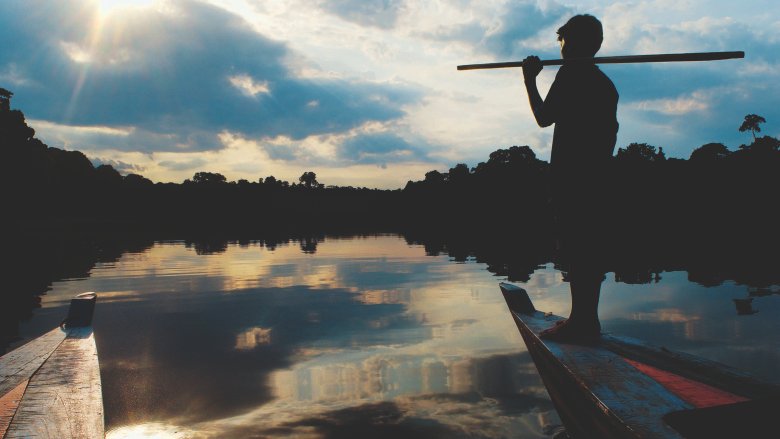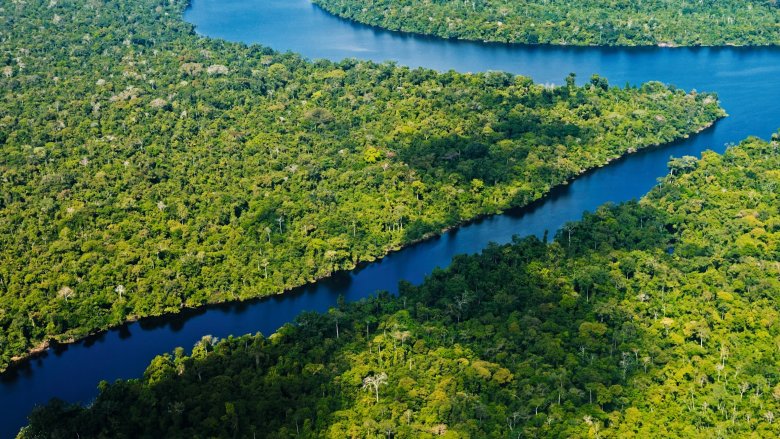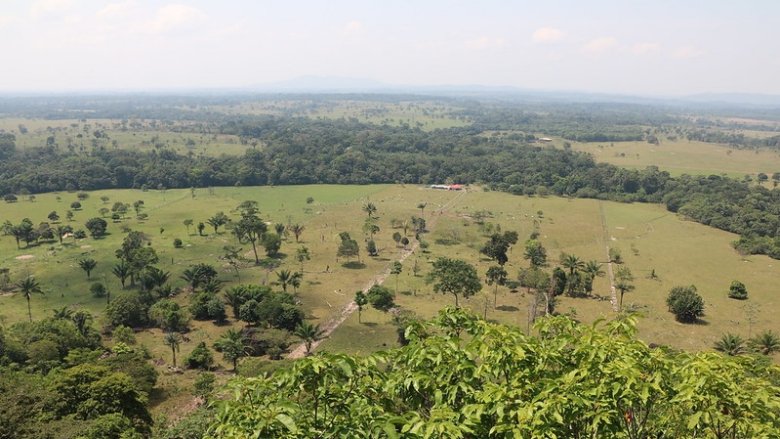The Amazon is a territory of more than seven million square kilometers and one of the most biodiverse areas in the world. It has contributed for centuries to the natural conservation of the planet thanks to the tons of carbon dioxide it absorbs, one of the gases that contributes to increasing the greenhouse effect, accelerating climate change.
This is a complex region, as its watershed encompasses eight different countries, with different proportions of jungle territory, including: Brazil, with 61.8%, Peru with 11.4%, Bolivia (8.1%), Suriname (5.6%), Colombia (6%), as well as Venezuela (6.73%), Guyana (2.6%), Ecuador (1.7%) and the overseas department of French Guiana with 1.1%. It is a vast area inhabited by more than 40 million people, including some 410 indigenous groups with diverse languages and cultures. In this context, concerted efforts for the conservation of the Amazon region are both a must and a challenging undertaking, holding immense significance for the well-being of humanity.
The Amazon forests face multiple threats, but unquestionably, deforestation still stands as the most urgent and alarming threat among them.
In 2021 a group of scientists spoke out in the Amazon Assessment Report, advocating for an immediate prohibition on logging in a vast region of two million square kilometers located in the southern part of the Amazon rainforest.
"Between 18% and 20% of the rainforest has already been deforested and another 38% is being degraded. Scientists say that if we get to 25% deforestation, we will edge closer to and eventually reach what they call a tipping point, with changes that will result in the collapse of the Amazon ecosystem" explains Genevieve Connors, practice manager, Environment, Natural Resources and Blue Economy for Latin America and the Caribbean at the World Bank.
The Amazon is part of a virtuous circle, considered a global public good, so its collapse or significant degradation could have far-reaching consequences, including the destabilization of the global climate system.
"It has come to many unsustainable practices. One of the causes is illegal activity, which can range from logging, land grabbing, fishing, and mining, but there are also macroeconomic and distal drivers, of course. When there are changes in global commodity prices, such as timber or soybeans, or changes in exchange rates, they all have indirect impacts on deforestation. We tend to think only of illegal activities, but really deforestation is caused by the activity of an entire economic system," says Connors.
Unplanned infrastructure is also a driver of deforestation. In 2020, the journal Nature Communications counted 158 dams operating in different Amazonian countries and reveals the intention to build more than twice as many. While hydropower is a clean source of renewable energy, some projects generate high greenhouse gas emissions.
Support that transcends
Several initiatives have been implemented in the region, such as the Amazon Sustainable Landscapes (ASL) program, which is financed by the Global Environment Facility (GEF) and led by the World Bank to develop conservation projects in the area with multiple governments and stakeholders. The ASL Program with its third phase currently in preparation has managed to catalyze US$300 million in funding to restore thousands of hectares of land and the promotion of sustainable land practices, recognizing the importance of balancing environmental conservation and sustainable development in the Amazon region.
"The World Bank is leading the program, but most of the money is going to the national governments of the countries to implement their own Amazon programs, contributing to a unified vision for the region. What the organization is really trying to do is support regional collaboration, creating knowledge exchange through training, seminars, conferences, events for scientists, NGOs, indigenous peoples and members of government who can come together and share their expertise around environmental protection in the Amazon," Connors says.
Working with at least eight countries in the region is no easy task in a region so complex and different in its policies, needs and indigenous communities that inhabit the Amazon. Cooperation between governments is necessary for the conservation of the region and there has already been progress in this direction.
The countries of the Amazon have made efforts to conserve it. In 1978 the Amazon Cooperation Treaty was signed and in 2019 the Leticia Pact for the Amazon.
"I would say these are excellent attempts. They are still small in relation to the needs of the region and the new governments. For example, in Colombia and Brazil they are already thinking a lot in that sense: what can they do to add more? what can they do to unite these countries in a stronger way, to conserve natural ecosystems and avoid reaching multiple tipping points? Another example is the United Nations Climate Change Conference, or COP28, which this year will be in Dubai. Brazil's President Luiz Inácio Lula da Silva has been confirmed to host COP30 in two years [in addition to reducing deforestation to zero by 2030]. By 2025, in the city of Belém, in the state of Pará, there is a series of summits in the pipeline. Bringing more regional leadership to solve the Amazon problem is one of the priorities of its management", explains Connors.
According to the World Bank's Country Climate and Development report (CCDR) – Brazil, it is necessary to implement strategies to protect and conserve the rainforest, growing more food on less land. In this sense, a report was recently published that urges to put more focus on productivity to promote economic development and reduce pressure on forests in the Brazilian Amazon states.



